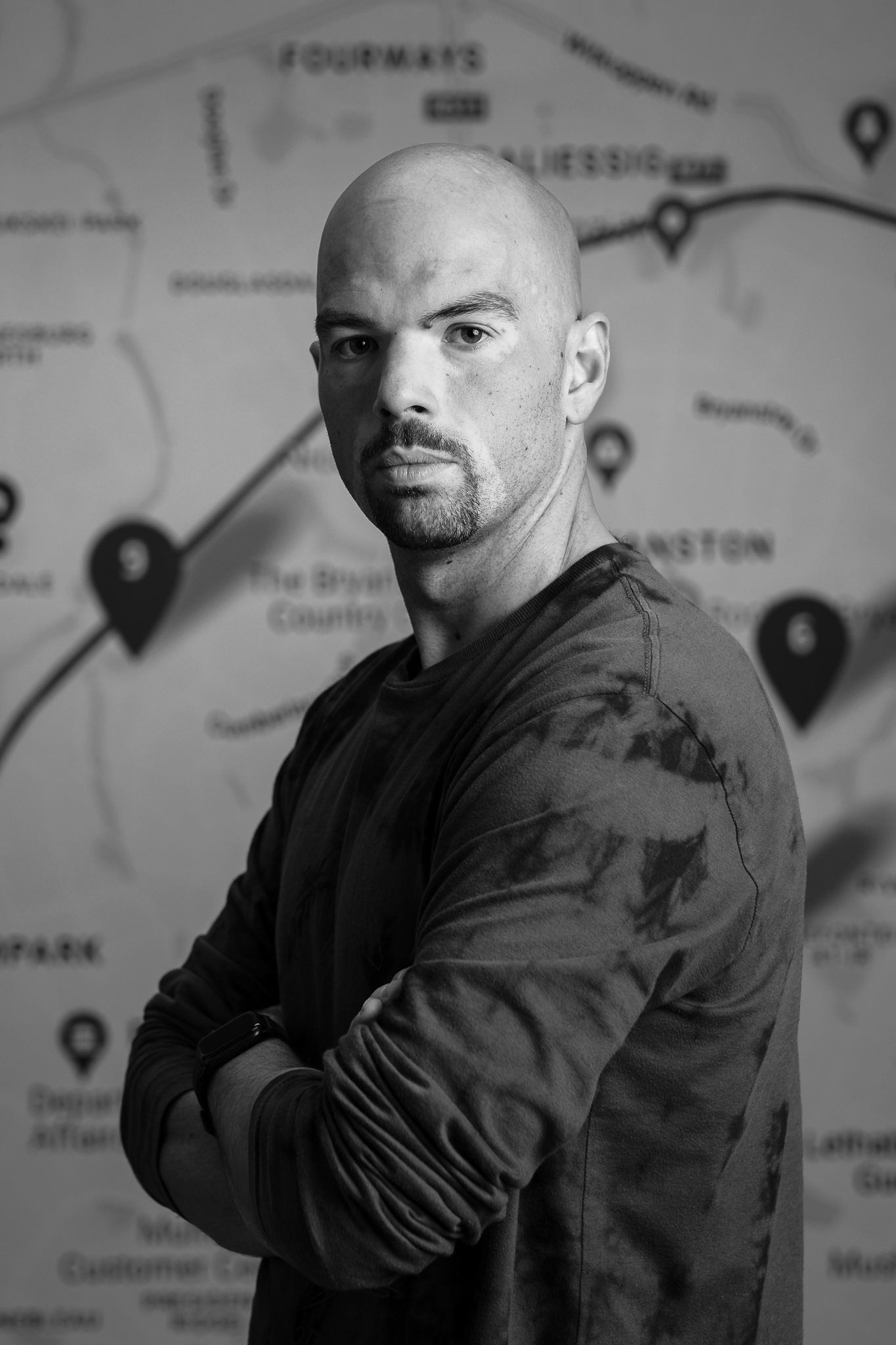How to Build Teams That Ask Questions Out Loud
 Reme Le Hane
Reme Le Hane
A quiet team can feel safe on the surface — no conflict, no interruptions, no awkward moments. But here’s the problem: with a quiet team, you don’t know what you don’t know. When people keep thoughts in their heads, you can miss out on ideas, risks, and opportunities that could change everything.
Some of the best shifts in perspective I’ve seen have come from what others might call “silly questions.” Even the silliest can spark curiosity, trigger a better solution, or help the group see something they’d missed entirely. But those moments only happen if the questions are spoken out loud.
Why teams stay quiet
There are plenty of reasons people hesitate to speak up:
They’re worried about looking unprepared.
They don’t want to slow things down.
They’re unsure if their idea is relevant.
They simply aren’t used to open conversation.
I’ve seen this play out firsthand. You ask a group-level question to a quiet team and get… nothing. But a few minutes later, you ask one person directly, and they talk for five minutes — sharing great feedback and fresh insights you would have never heard otherwise.
How to get people talking
The approach will depend on your team, but one of the fastest ways I’ve found to get ideas flowing is to start “picking” on people. Not in a hostile way, but intentionally choosing someone to respond. Start with someone you know will have an opinion — it gives the rest of the team a chance to think, and often sparks others to jump in.
Even a simple open-ended question like “What are your thoughts?” works better when followed by “Alex, let’s start with you.” It removes the pressure of volunteering and instead gives permission to speak.
Lead by example
One of the most powerful ways to encourage questions is to ask them yourself — especially when you don’t know the answer. During one of my interviews for my current role, I was asked a technical question. I guessed, but made it clear it was a guess. When they told me I was wrong, I simply asked, “What’s the answer?”
That moment mattered. It showed I was comfortable not knowing and more interested in learning than in pretending I knew everything. That’s the kind of behavior I want my team to feel safe modeling.
Make it normal, not exceptional
If you only encourage questions during special “brainstorm sessions,” people will treat speaking up as an exception. If you do it in every stand-up, review, and retrospective, it becomes part of how the team works. The more normal it feels, the more people will share — and the less you’ll risk losing great ideas to silence.
Next time: The Subtle Art of Asking the Second Question
Subscribe to my newsletter
Read articles from Reme Le Hane directly inside your inbox. Subscribe to the newsletter, and don't miss out.
Written by
